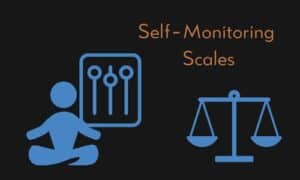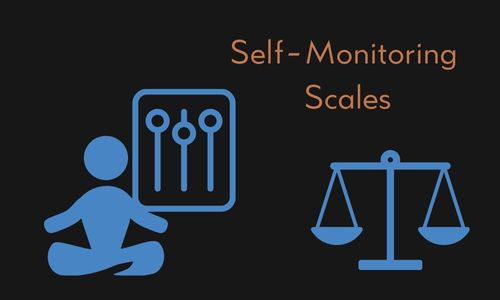
Big Idea: Self-monitoring scales can help us better identify goals, track progress towards goals, and be objective about our journey towards goals. Think about this exchange:
“How successful were you this week?”
“Very successful”
“Based on what measure?”
Making Progress More Objective
This type of conversation occurs in so many different iterations through coaching. Descriptive terms like good and bad help with a general understanding of feedback, but they also limit our abilities to learn from experiences. If we only had two data points, ‘0’ for bad, and ‘1’ for good, outcomes are viewed in an all-or-nothing mind set. Using an academic lens, what if we viewed grades through this lens (similar to a pass/fail system), then any grade that is passing would be a one, and any failing grades would be a zero. If you receive an 80% in math, but a 67% in English, those would both be “good,” but they are not the same (this is why there are percentages for most classes).
This example may be obvious, but there are plenty of times that we communicate with ourselves in similar 0:1 dichotomy. We see this all the time when it comes to things that are not measured as readily like grades. Some examples of areas that people tend to not measure well include: the job search process, communication skills in the workplace, and cleanliness (there are so many more too!). The commonality between them is that there is no one grading you and providing you with a ‘number.’ Self-Monitoring scales are a tool to help provide a number to help us reflect on what is working, what is not, and where we are at in terms of achieving our goals. In this blog we will go over three main components:
- Why having a number is so helpful?
- Once we are collecting data, how can we use it?
Why Having a Number is so Helpful?
When creating self-monitoring scales, numbers help us with comparing results and tracking progress. They help to limit subjective interpretation, and allow people to identify patterns. When working with individuals struggling with their sleep hygiene, they often don’t connect the outcomes to their sleep. Whether it is waking up late and having a hectic morning, or not feeling rested, these outcomes can seem arbitrary without tacking a number on to them. Often times in coaching, we will implement a self-monitoring scale to help make connections. Instead of just asking “how did the morning go?” we move the conversation to “on a scale of one to ten, how would you rate the morning?” Even before we try to utilize this data, this data collection can help individuals reflect on their experiences in more concrete ways.
How to Used Self-Monitoring Scales?
Once we start collecting data, it becomes easier to see patterns. To go with the sleep hygiene example, we would recommend having three columns: Date, Scale, and Comments. This can help people identify why certain days may be scaled low. Perhaps we notice a trend that our mornings do not run smoothly during times of high stress that is out of our control (midterms/finals, busy seasons at work, times of change). Although these may be ‘out of our control’ that doesn’t mean we can’t try and change what is within our control (such as being less social, going to bed earlier, trying to be more proactive with tasks).
With one client we’ve worked with, this self-monitoring scale helped us identify the real problem, not a perceived one. This client was sleeping late on certain days, and they thought it was just because they didn’t get enough sleep. As we started tracking with a self-monitoring scale, we noticed that it had nothing to do with how much sleep they were getting, but rather it was related to what they were waking up to. The pattern had nothing to do with sleep at all! Instead when there were tasks that caused anxiety, that is when their morning routines were out of whack.
Self-Monitoring scales help us reflect on our actions in objective ways. There will always be a layer of subjectivity, and it is important to be true to yourself if you are using these independently. If you find yourself struggling, you are not alone. Creating change in our lives is difficult, but this tool can help make things easier!





